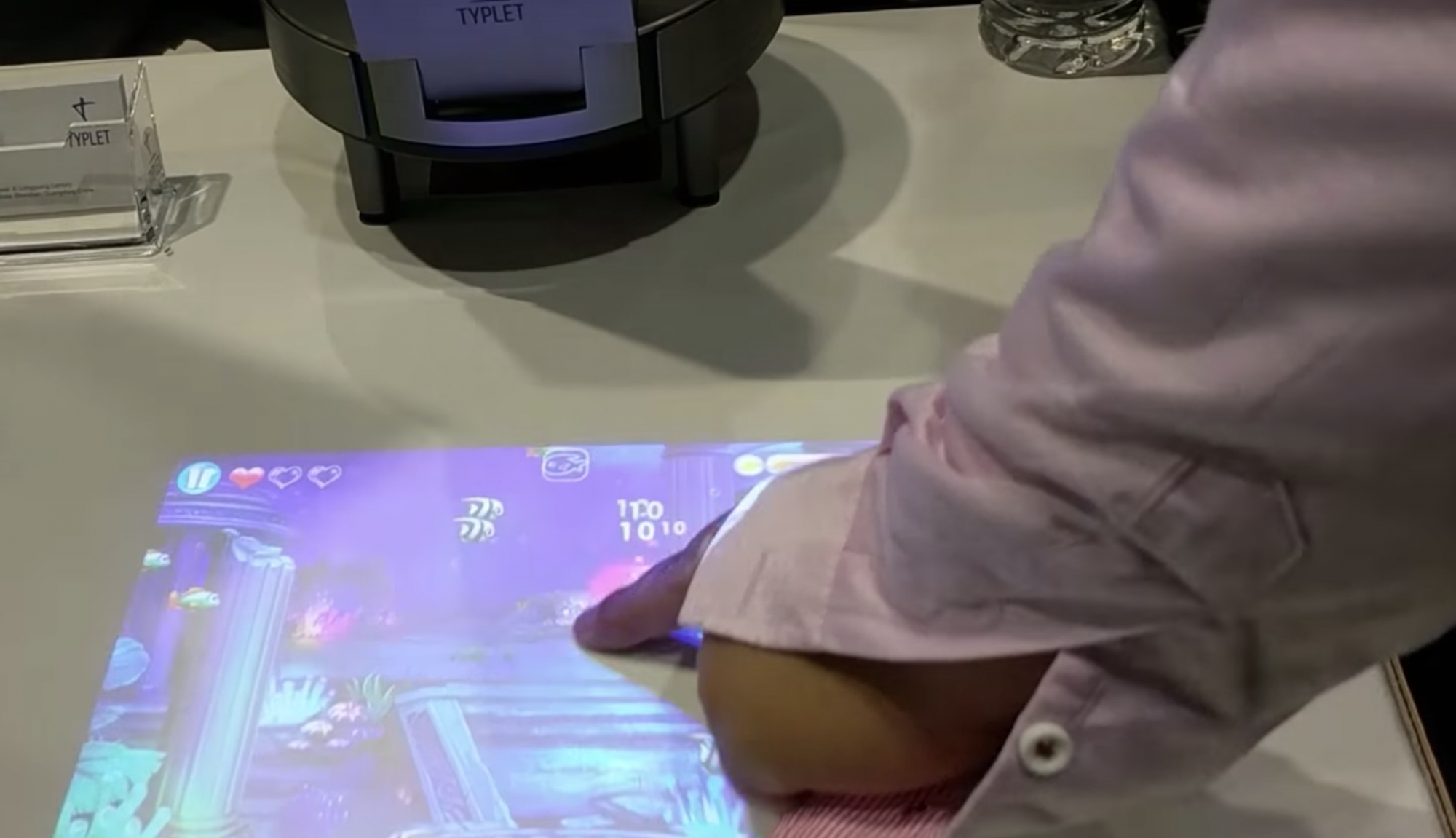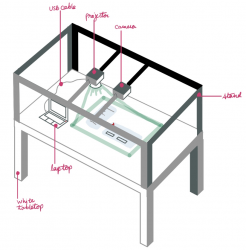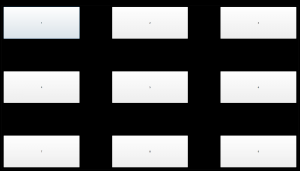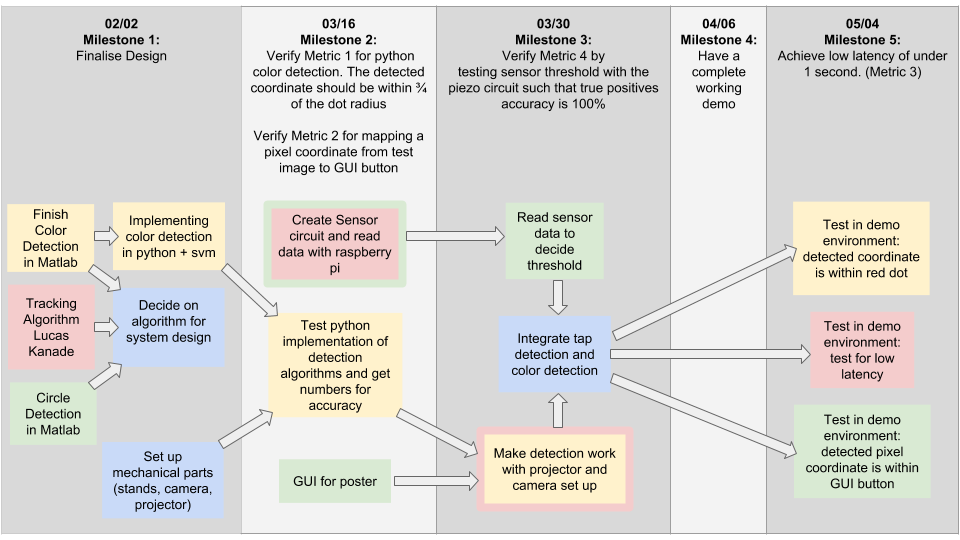This week, my team and I worked on getting more test images to measure the accuracy of the MATLAB implementations of the color detection and circle detection algorithm. Though we have decided to go with color detection since its preliminary results were more promising than those of circle detection.
I also spent a large chunk of my time writing the design review paper due next week. My teammates and I changed our system design block diagram to indicate the changes we have made to our pipeline, the major change being the fact that all of our code will now be implemented in Python. This was suggested to us after our design presentation. This shift in design will help reduce any possible latency that could have occurred when interfacing between MATLAB and Python, thus, will better enable us to reach our goal of a one second response time. Accordingly, we had to change our schedule to show dependencies and revisions regarding individual tasks.
As for my task assignments, I will no longer be working on K-means clustering since Prof. Savvides suggested using SVM instead. This is because the color of our red dot remains fairly constant. Since Isha will be working on the Python implementation of color detection, it will be logical for her to use that code to implement SVM as well. Thus, during the following 2 weeks I will start working on creating a GUI that would have the functionalities we want for our final presentation. I will need to reinstall all packages again like Python and PyQt since my laptop’s hard drive was replaced. I will also be helping Suann with the sensor circuit since I am responsible for reading the analog signal in order to realize a threshold that will result in a 100% accuracy of true positives reflecting when a tap occurred.
I am currently on schedule since the initial task of carrying out K-means clustering was an additional task and I was eventually going to start working on the GUI soon.



